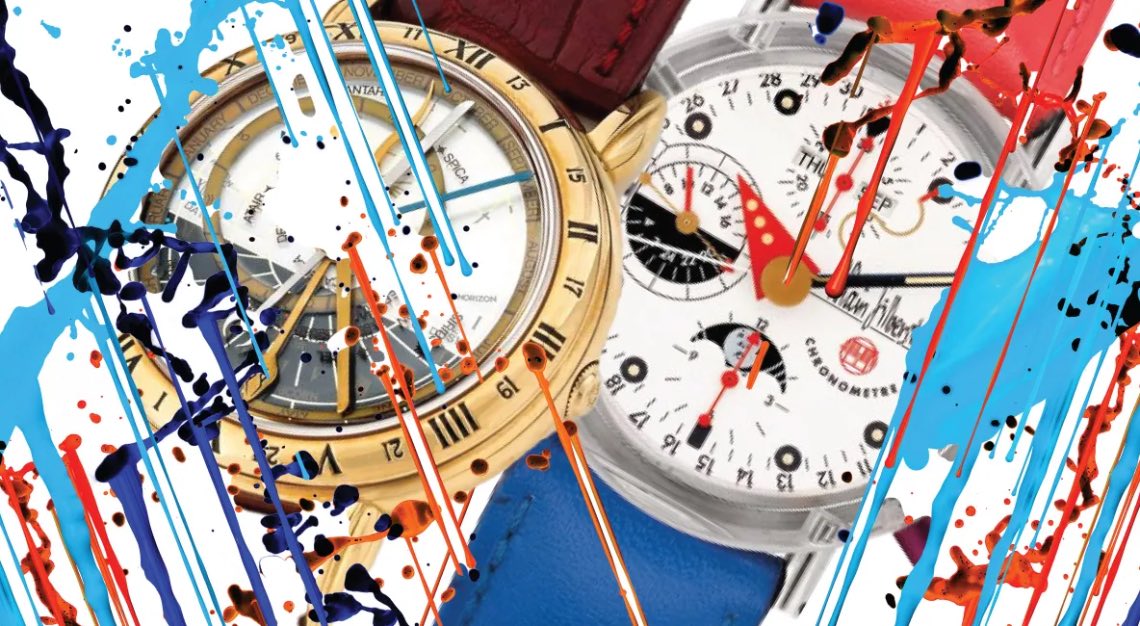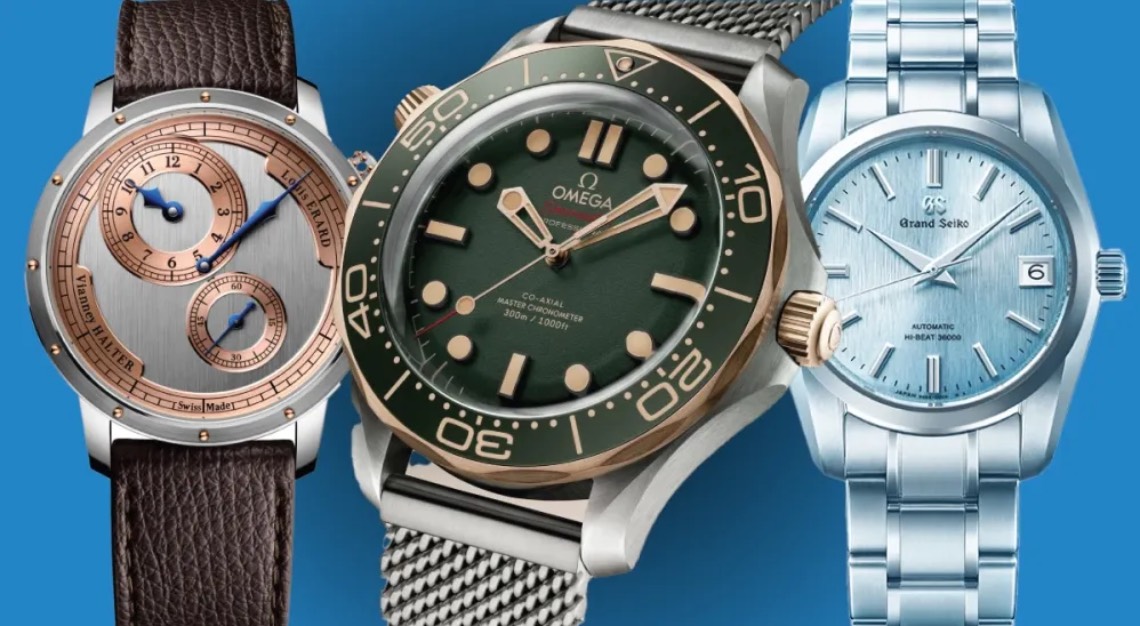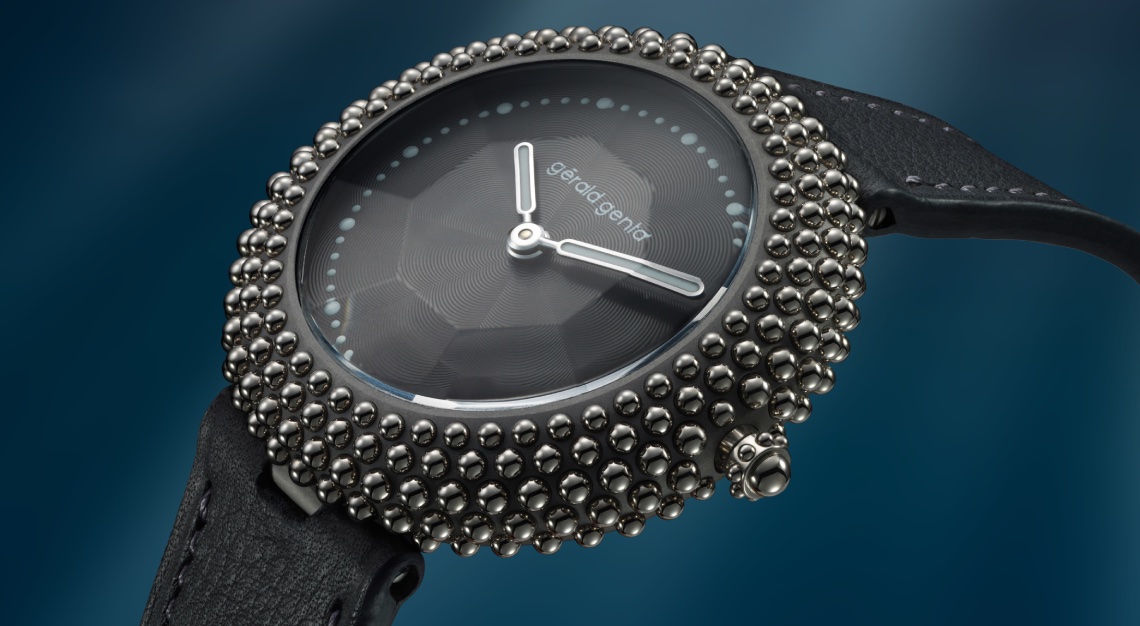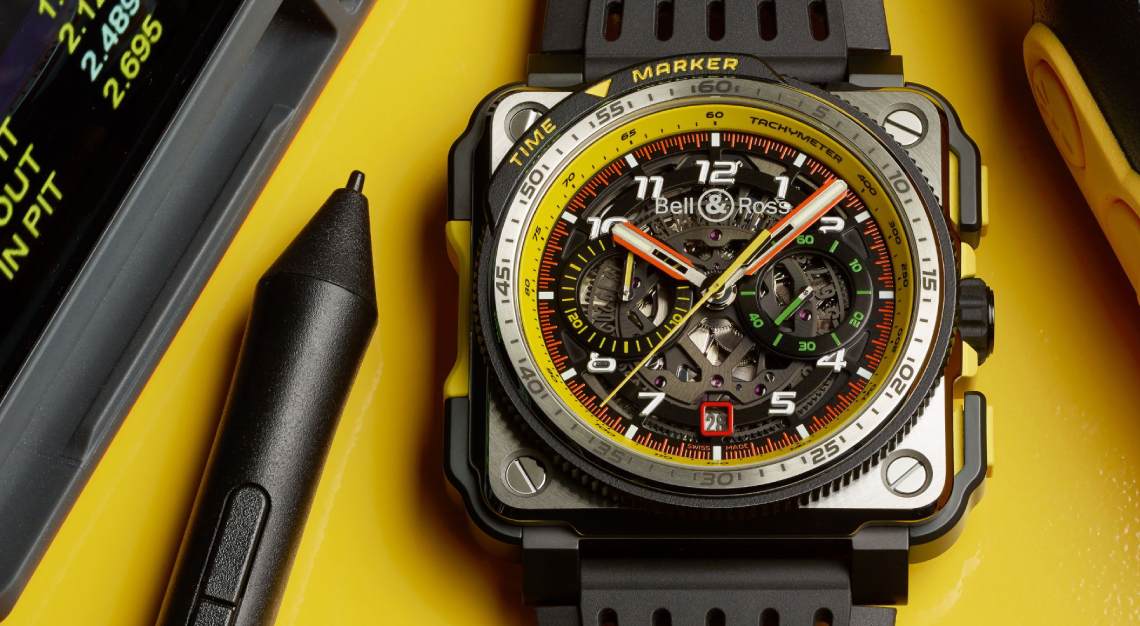Watches from the 1980s and ’90s are not as easy to understand as one might imagine
Why would a watch collector need or want to understand the notoriously vague and confusing concept of postmodernism?
One answer is that watchmaking went through “a postmodern moment” starting in the 1980s, and many of those “postmodern watches” are now collectible vintage and neo-vintage timepieces. A neo-vintage watch is roughly 20 to 40 years old, and a vintage watch is older than 40 years. The current market data shows neo-vintage watches to be very good value, especially from Patek Philippe and Audemars Piguet.
Another reason for a watch collector to understand postmodernism is to gain insight into the artistic moment in which these collectibles emerged. Just as one can better understand and appreciate a watch from the 1920s by knowing about the Art Deco movement, or a watch from the 1930s by understanding the Bauhaus school’s ethos, or a 1950s watch by knowing about mid-century modernism, one can better understand watches from the 1980s and ’90s by knowing something about the postmodernism.
And more specifically, it’s reasonable to assert that postmodernism saved the Swiss mechanical watch industry in the 1980s. As we shall see, the creative freedom that postmodernism bestowed on watch designers in the early 1980s became the force behind the mechanical watch revival of the 1980s and ’90s.
What is postmodernism?
To understand postmodernism, we must first understand modernism. In the late 1800s, the Western world industrialised, secularised, urbanised, and democratised radically. In response, modern philosophy, art, literature, politics, architecture, psychology, and so on emphasized individuality, subjectivity, mechanisation, technology, and novel social structures. By the early 20th century these concerns were broadly expressed through abstraction, absurdism, and surrealism in the arts, as well as through stripped-down design aesthetics as seen in unadorned concrete buildings, sleek automobiles, and even straight-forward watches like the Patek Philippe Calatrava reference 96 of 1932, the quintessential “modern watch” thought by many to have been inspired by the Bauhaus school.
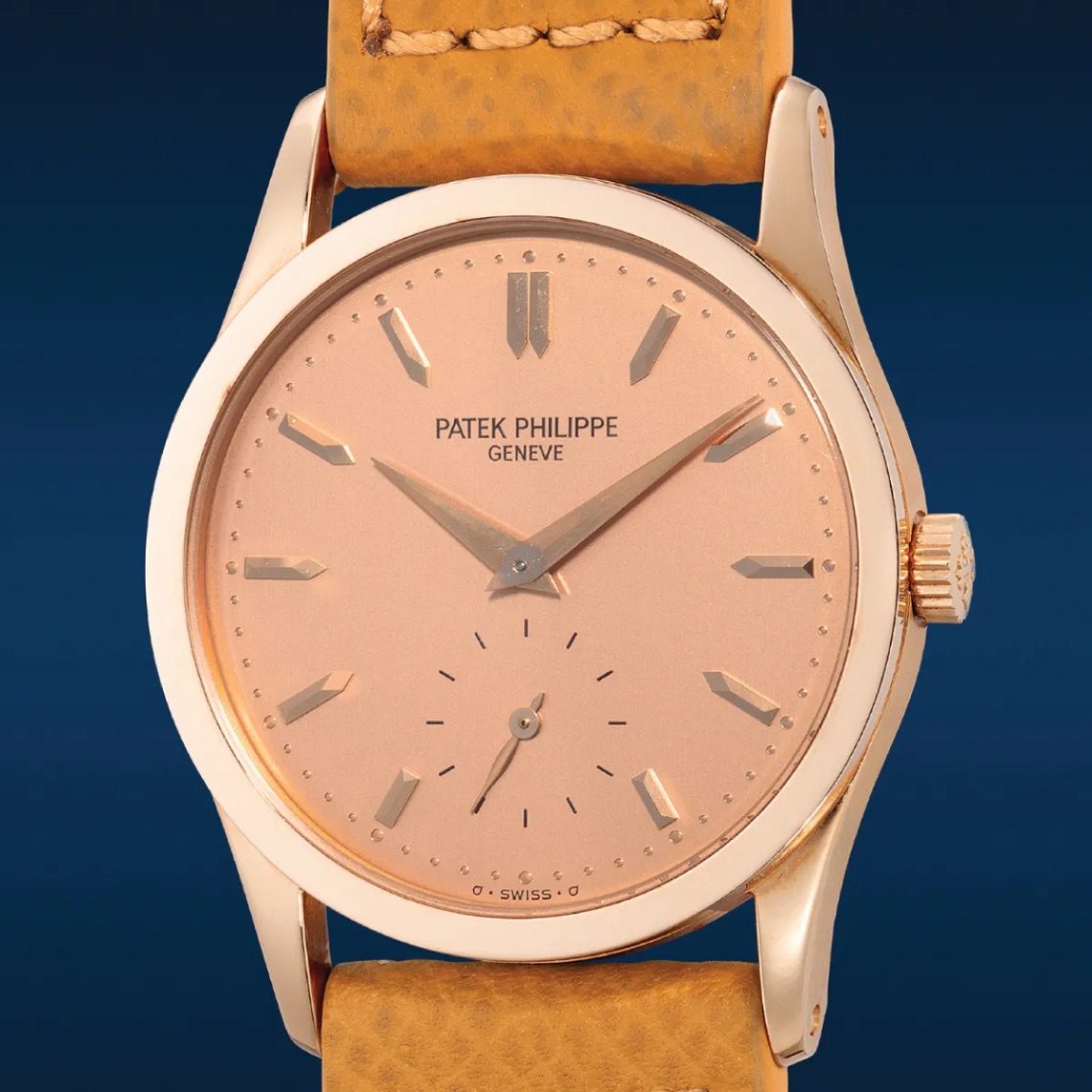
Modernism clung to two ideas that postmodernism would reject: 1. that human history follows a linear, progressive, forward trajectory, and 2. that universal truths fueled that trajectory. In rejecting those two core ideas, postmodern art and design representatively broke with linear historical progress by embracing pastiche (art that imitates a much older style), and it broke with universal truths by embracing collage (art that mashes seemingly unrelated forms together to deconstruct clear meaning). Pastiche and collage will remain our focus here.
Italian theorist and author Umberto Eco has written that, “Postmodernism is an all-purpose term, which can be applied to many—perhaps too many—things.” While postmodernism is, indeed, a very confusing and vague concept in its broad applications, narrowing our focus onto the mechanical watch revival of the 1980s and ’90s provides a surprisingly clear case study of postmodern design.
Quartz was modern. The mechanical watch revival was postmodern.
When Seiko released the quartz Astron watch in 1969, the Swiss mechanical watch industry fell into what we now call the Quartz Crisis. As many as 500 individual watch-related businesses are thought to have gone out of business in Switzerland during the 1970s. Quartz watches were eventually quite cheap, and they “democratised” high precision timekeeping. Quartz watches were modern in that they appeared to be an inevitable step in the linear progress of modern timekeeping technology.
But in the early 1980s, something unexpected happened in the watch world, and it wasn’t the SWATCH. It was a cadre of mechanical watch companies that insisted that the mechanical watch was not just an anachronism for stuffy elites but a relevant artform.
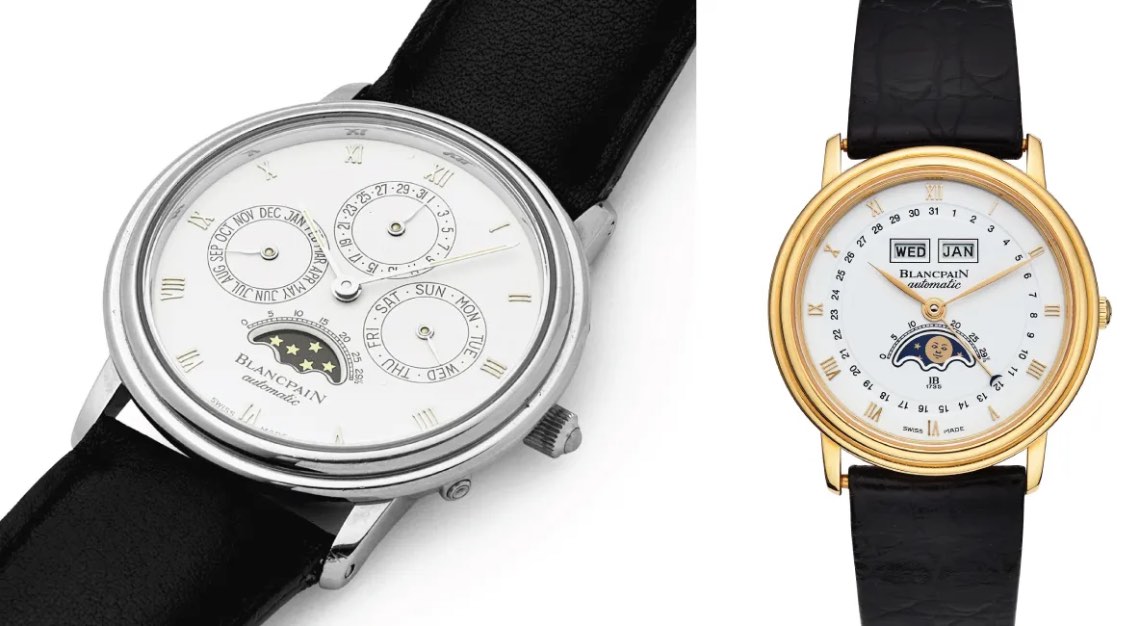
At the 1983 edition of Baselworld, Jean-Claude Biver, now the world’s most famous horological CEO, relaunched Blancpain, a storied watch brand which had gone out of business during the Quartz Crisis. Blancpain’s new slogan was, “Since 1735 there has never been a quartz Blancpain watch. And there never will be.” Under Biver’s visionary leadership, Blancpain embodied the postmodern impulse toward pastiche, offering traditionally styled mechanical watches that unabashedly broke entirely with the linear march of progress suggested by quartz watches.
In lock step with this anachronistic impulse, in 1989 Vacheron Constantinlaunched its Historiques collection at Baselworld. Until then, Vacheron had always marched straight forward, updating its collection (however subtly), offering the latest styles (however conservatively). But the 1990s saw Vacheron Constantin recreating watches of the 1920s and 30s. In 1989, Patek Philippe released the decidedly antique-looking reference 3960, a 33 mm Calatrava with old-school lugs, Breguet numerals, and enamel dial, and a hunter case—each of these antique features helping make this watch a work of pastiche.
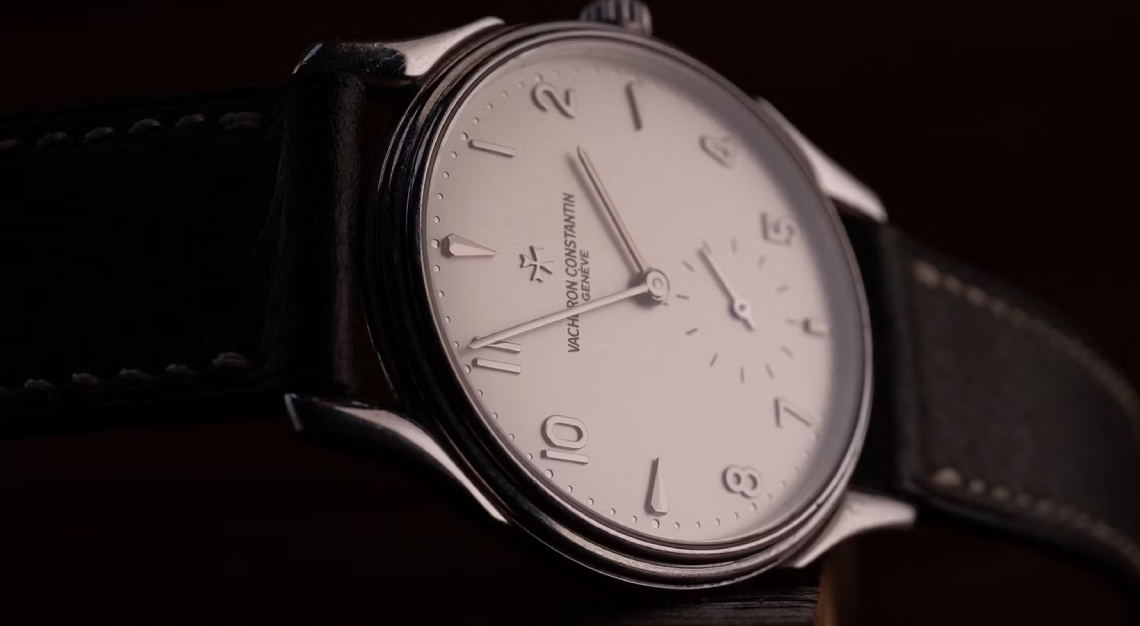
We could go on with examples of postmodern pastiche watches from the 1980s and ’90s, but suffice to say that when you see small dress watches from the 1980s and 1990s that look like they’re from the early 20th century (and there are a lot of them), you’re looking at one type of postmodern watch.
The avant-garde mashups of the 1980s and ’90s
The postmodern impulse toward collage was embodied in another type of watch that emerged in the 1980s and 90s, notably from Alain Silberstein and Ulysse Nardin. These watches took an avant-garde approach, pushing together visual and mechanical forms that no one had seen together before. Notably, these watchmakers were vocal about the mechanical watch revival, and they aligned themselves with Biver and others who were forging new paths for Swiss mechanical watchmaking.
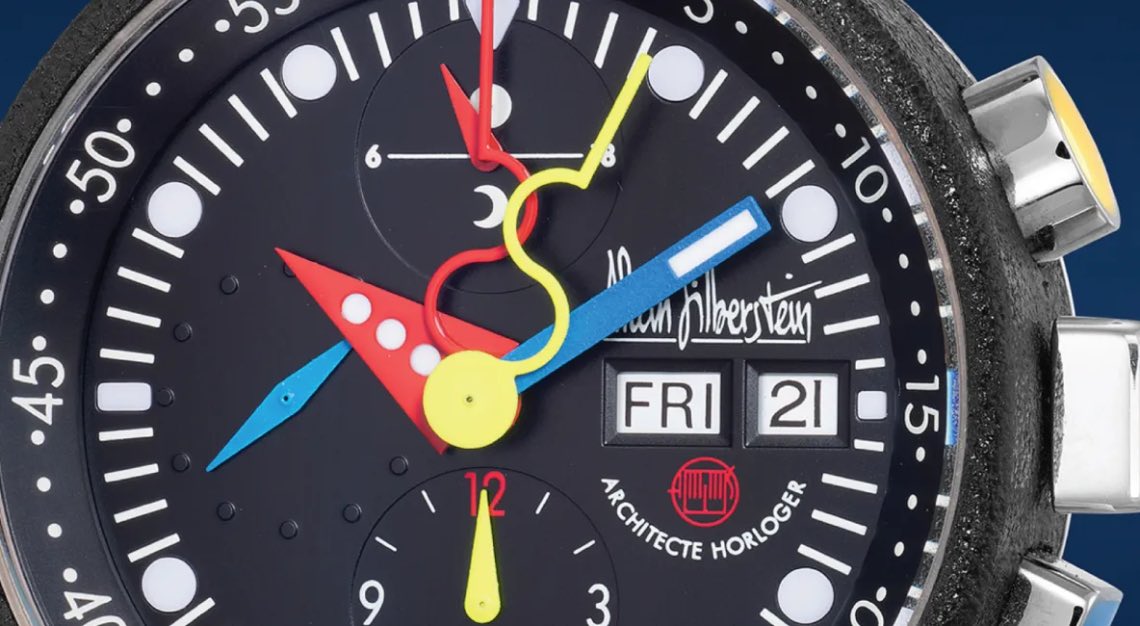
Silberstein was trained in design in Paris during the 1960s and 70s by a professor who had been a student in the Bauhaus. This direct lineage tied Silberstein to a modern design focused on primary colours and basic shapes as well as abstract, collage-like forms as evidenced in Kandinsky’s paintings. But, crucially, Silberstein was mashing these modern ideas together during the 1980s and ’90s within the largely conservative and functional form of the wrist watch. It was a bizarre impulse, really. (Silberstein designed for other brands on contracts that required non-disclosure, and yet it’s almost impossible not to see his influence on SWATCH, which cast a broad postmodern tone for watches during the 1980s and ’90s).
Another maverick in postmodern watchmaking was Rolf Schnyder, who was heading up Ulysse Nardin through the 1990s. This decade saw wild experimentation with mechanical forms that were exposed on the dial in ways that—though familiar to us today—shocked collectors at the time. This avant-garde work of Ulysse Nardin culminated in 2001’s Freak, a watch that Schnyder and watchmaker Ludwig Oechslin conceived of together. With “no hands, no dial, no crown,” as the brand likes to brag today, the Freak brought together the technical prowess of the Vatican clocks Oechslin had restored, a modernist affection for machinery, the postmodern impulse to invert interiors (e.g., 1977’s Centre Pompidou in Paris), and a futuristic sensibility that managed to evoke 21st-century space travel before the century began.
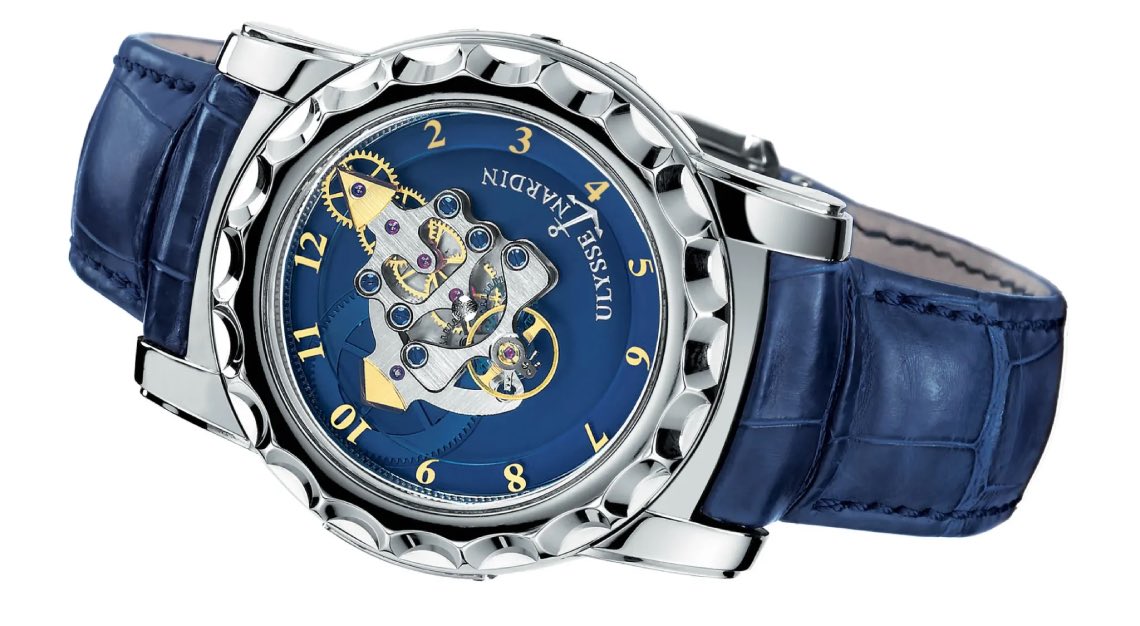
The postmodern impulse in 21st-century watchmaking
From an art-and-design perspective, it’s fair to say that we are still in the postmodern moment. Since the 1980s, we’ve grown so accustomed to pastiche and mashups that we hardly notice the constant irreverence toward linear time (everything is retro-styled, referential, or sampled) and toward universal truths (relativism and alt-facts prevail). We live in a thoroughly postmodern world. Aesthetics that once shocked us—and even seemed violent toward modernism—are banal today. From music to fashion to interior design, we mashup breezily, as if we’re tossing a light cultural salad to nourish us while we scroll the anarchy of social media.
We are so engaged in postmodernism that it can be easy to miss it in today’s watches. That impulse is more readily evident in the creations of, say, MB&F or Greubel Forsey, which draw on Silberstein’s and Ulysse Nardin’s avant-gardism, but what about that impulse as it emerges in more staid brands, such as Patek Philippe?
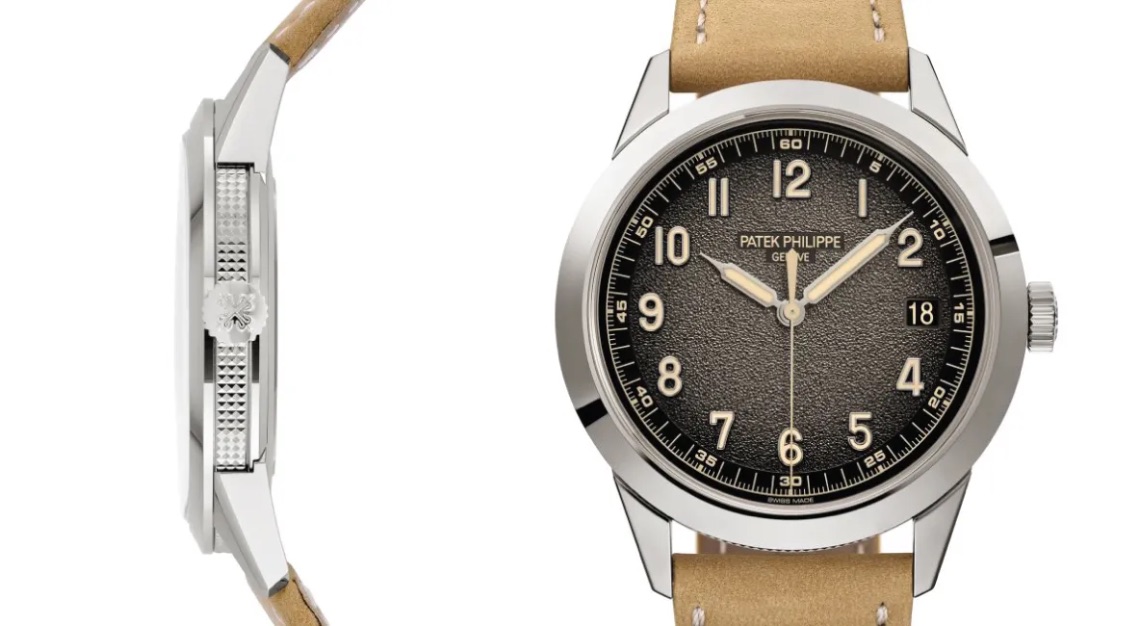
I recently wrote that the Patek Philippe Calatrava reference 3226g was the greatest watch of the 21st century (so far, anyways), and I want to return to this timepiece, as it is surprisingly—indeed, stealthily—postmodern. I offer this analysis for no other reason than to help train our eyes on the postmodern impulses that make up so much of watchmaking since the 1980s, and because most watch brands are mashing up in a breezy retro-chic fashion that can, at times, be a bit difficult to get our heads around as we attempt to appreciate what these design departments are doing.
So, the curious case of the 5226g leads us to see how postmodernism has opened the door to free design mashups, but this watch uniquely uses both pastiche and collage to create something decidedly 21st-century in nature. The overall colourway is taken from a rare 1930s Calatrava Reference 96 called the Nightwatchman. The lugs derive from the 1960s 3448 perpetual calendar. The dial is derived from a 1970s camera body. The hobnail pattern along the case band is from a 1970s 3520 bezel. The numbers and hands are borrowed from the current 5172G. This 5226g is a masterful mashup that is entirely irreverent to the notion of linear progress. It is, in essence and despite the rather mundane first-impression it gives off, entirely postmodern.
So what?
Understanding this much about postmodernism and watches may do nothing to increase their value—then again, who knows, given the persuasive nature of elevated cocktail party conversation. But rather than merely offering up an intellectual take on neo-vintage watches, I hope to introduce into the dialogue of watch collectors a clearer sense of what it is we are looking at as a whole generation of interesting watches begin to find their way to antique status, onto the auction block, and into our collections. If nothing else, I hope this little digression into postmodernism provides a modicum of insight the next time you look down at your wrist for the time.
This story was first published on Robb Report USA
